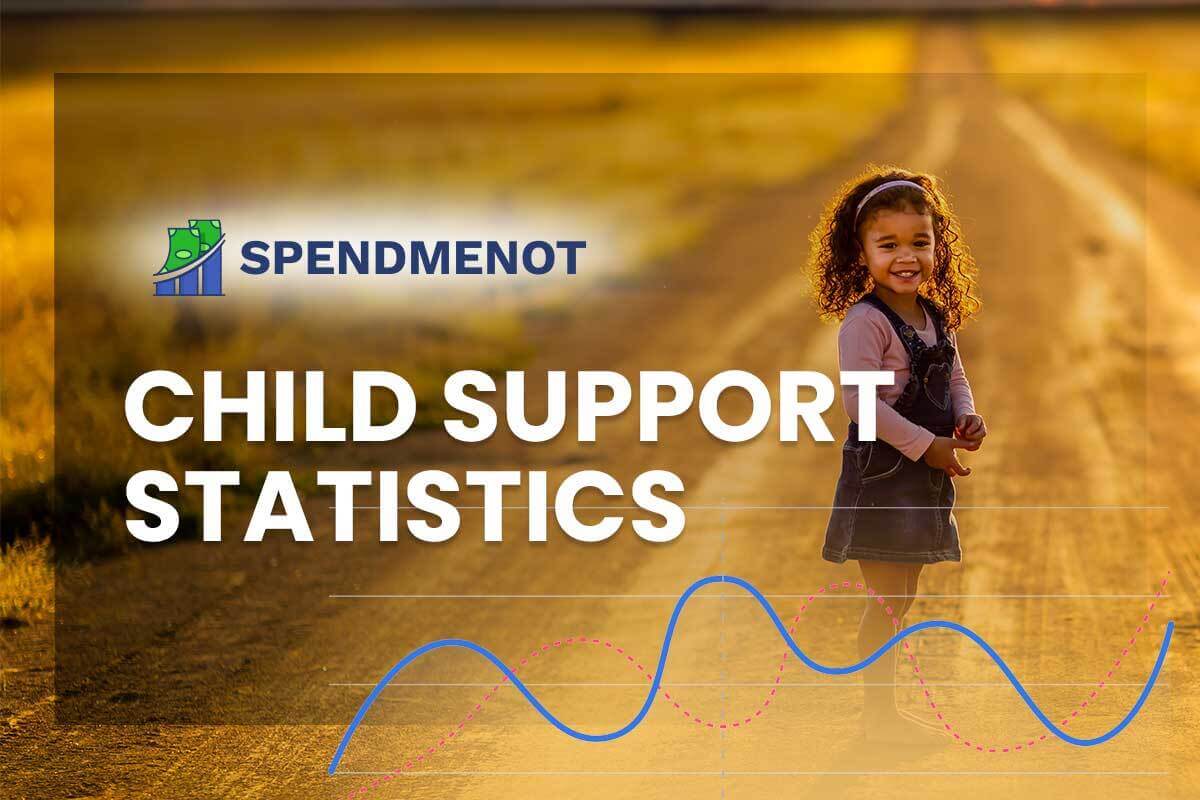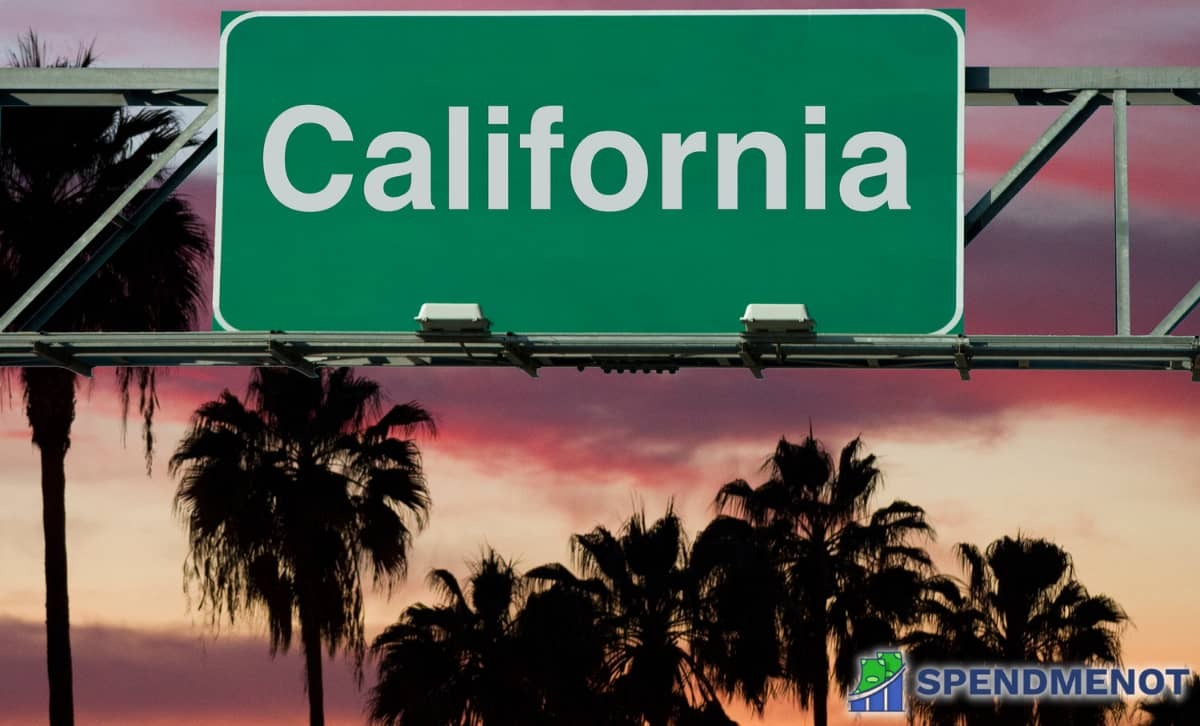What Percentage of Americans Make Minimum Wage?
Last Updated: September 21, 2022
One of the biggest challenges for people making minimum wage is that it has not kept pace with rising costs in recent years. The rate has been $7.25 per hour since 2009, when it was last raised.
For years, many people, including President Joe Biden, have called for reviewing the rate to reflect the economy’s current state.
On paper, the minimum wage is just a statistic. The human face of that is people surviving on one meal, falling into medical bankruptcy, and struggling to pay rent.
All this begs the question: what percentage of Americans make minimum wage?
Minimum Wage Facts (Editor’s Choice)
- In 2021, 1.1 million hourly paid workers in the US earned a wage at or below the federal minimum.
- 44% of people who were paid the minimum wage or less in 2021 were younger than 25.
- 2% of women paid by the hour in 2021 earned the federal minimum wage or less.
- Of all the US states, 12 had less than 1% of hourly workers earning a wage at or below the federal minimum.
It’s easy to understand why there is a push to reduce the percentage of Americans making minimum wage amid increased consumer spending.
Data from 2020 shows that the average American household expenses amounted to $5,111 a month, or $61,334 per year. At $21,409, the average annual housing expenses alone exceeded the amount minimum wage workers make a year, which was $15,080.
Statistics on Minimum Wage
Most states also have minimum wage laws. In scenarios where a worker is subject to both federal and state minimum wage laws, the worker is entitled to the higher of the two wages.
However, the federal minimum wage is the yardstick for fair hourly rates across the United States. Any employer who pays a worker less than this rate can be fined $10,000, prosecuted, or imprisoned.
So, let’s look at some of the most important minimum wage statistics to gain more perspective, starting with what percentage of Americans make minimum wage.
1. In 2021, 1.4% of hourly paid workers aged 16 or above earned the federal minimum wage or less than that.
(Source: BLS)
Amid harsh economic conditions, one of the main questions is: what percentage of Americans make minimum wage?
According to data from the US Bureau of Labor & Statistics, the total number of minimum wage workers in the US aged 16+ in 2021 was 1.1 million.
Of these hourly workers, only 17% (181,000) earned exactly $7.25 per hour — the federal minimum wage. Meanwhile, a staggering 83% (910,000) made below that amount.
Together, these 1.1 million workers made up 1.4% of all hourly paid workers.
2. In 2021, 44% of hourly workers earning minimum wage or less were under the age of 25.
(Source: BLS)
Have you ever wondered about the average age of minimum wage workers and what percentage of minimum wage workers are adults?
Based on data from the US Bureau of Labor & Statistics, the total number of minimum wage workers aged 16–24 in 2021 was 484,000. About 23% (111,000) earned minimum wage, while around 77% (373,000) earned less.
Meanwhile, the total number of minimum wage workers aged 25 and above was around 607,000. Of these, 11% (70,000) earned minimum wage, while 89% (538,000) were paid less than the set minimum wage.
3. In 2021, about 2% of female hourly paid workers earned minimum wage or less.
(Source: BLS)
According to the US Bureau of Labor & Statistics, in 2021, around 94,000 women made $7.25 per hour, which is the federal minimum wage. Meanwhile, about 599,000 female hourly workers were paid less than that.
Looking at the data on male hourly workers, we can observe gender pay disparity. In 2021, a total of 398,000 worked for an hourly wage at or below the federal minimum. Around 87,000 made $7.25 per hour (the federal minimum wage), while about 311,000 had hourly rates lower than that.
4. In 2021, of all US workers paid by the hour, about 1% of each ethnic or racial group were paid a wage at or below the federal minimum.
(Source: BLS)
The demographics of minimum wage workers in the US are quite interesting.
The percentage of hourly-paid workers who earned the minimum wage in 2021 or less differed little among major ethnic groups.
Below is a curation of minimum wage workers statistics by race.
- 1.4% of all white workers paid by the hour earned the federal minimum wage or less.
- 1.3% of all hourly-paid black workers made $7.25 per hour (the federal minimum wage) or even less.
- 1.3% of all Hispanic/Latino hourly-paid workers earned a wage at or below the federal minimum.
- 1.1% of all Asian workers paid by the hour earned minimum wage or less.
5. In 2021, 3% of part-time workers earned a wage at or below the federal minimum.
(Source: BLS)
Statistics show that part-time workers who make $7.25 or less per hour outnumber those who are paid the same but work full-time.
Of the 567,000 part-time workers who earned the minimum wage or less, 34% (193,000) were men, while 66% (374,000) were women.
At the same time, of the 520,000 full-time workers who were paid the minimum wage or less, 39% were men (202,000), and 61% were women.
With such income inequality, there is a long way to go.
6. In 2021, 2% of hourly workers who didn’t have a bachelor’s degree earned the federal minimum wage or less.
(Source: BLS)
Education is the key, the saying goes. But is this backed by facts?
Statistics show that in 2021, 1% of hourly workers aged 16 or above with at least a bachelor’s degree earned a wage at or below the federal minimum.
Meanwhile, the percentage of hourly workers who didn’t have a bachelor’s degree and were paid $7.25 per hour (i.e. the federal minimum) or less in 2021 was higher — 2%.
7. In 2021, unmarried hourly paid workers were more likely to earn minimum wage or less than married ones (2% vs. 1%).
(Source: BLS)
A total of 720,000 unmarried workers who were paid by the hour in 2021 earned a wage at or below the federal minimum. Twenty percent (141,000) earned the federal minimum wage, while 80% (579,000) were paid even less than that.
Meanwhile, among those who earned the minimum wage or less, 249,000 of them were married. Ten percent (24,000) of these were paid the minimum $7.25 per hour, while 90% (225,000) earned less than that.
8. Twelve US states had less than 1% of hourly workers earning the federal minimum wage or less in 2021.
(Source: BLS)
According to the BLS minimum wage data, this is an improvement compared with the wage levels in recent years.
The states that recorded less than 1% of workers earning the federal minimum wage or less include:
- Alaska
- Arizona
- Arkansas
- California
- Colorado
- Connecticut
- Montana
- Nevada
- New York
- Oregon
- South Dakota
- Washington
Still, what remains unchanged is the fact that people who earn a wage at or below the federal minimum mostly live in the South.
That said, it should be noted that more than half of US states have minimum wages that exceed the federal minimum.
9. In 2021, approximately 66.7% of all workers paid the federal minimum wage or less were employed in the leisure & hospitality industry.
(Source: BLS)
You don’t have to research deeply to find out who makes minimum wage in the US.
The leisure & hospitality industry has historically been the one with the highest percentage of federal minimum wage jobs — and 2021 was no different.
Most hourly paid workers in this industry worked in restaurants, other food services, and bars. This group of Americans doing jobs that pay minimum wage supplemented their hourly wages with the tips they received.
Key Takeaways
America is known as the land of opportunity. But does the country deserve this title, and what do the above facts about minimum wage tell us?
A tale of two halves.
On the one hand, minorities and disadvantaged groups earn less than the majority. Take women, for instance — should they earn less than men despite doing the same type of work and clocking the same amount of hours?
If the country aspires to be the model nation, should people without a bachelor’s degree earn less than the prescribed minimum wage for simply not having the same access to education as their peers?
On the other hand, the BLS data offers a glimpse of hope. The mere fact that 12 states had less than 1% of workers earning minimum wage or below in 2021 is cause for optimism. Building brick by brick.
FAQ
The minimum wage in the US is $7.25. The last time Congress increased the rate was in 2009. The push to increase the wage keeps gaining support from policymakers across the board.
In the United States, that duty rests with Congress. Although the calls to review the rate are getting louder, the rate has remained stagnant for over a decade. The minimum wage in 2021 was still $7.25, and that amount won’t increase until Congress passes a new bill and sets a new federal wage minimum.
The latest official data does not specify the average age of minimum wage workers in the United States. However, it does show that most of them are aged between 16 and 25.
It depends on various factors, including the demand and supply of talent, economic conditions, and demographics.
The minimum wage worker demographics show that more women than men in the US make minimum wage. Moreover, most people whose wage corresponds to the federal minimum or is lower are actually less educated individuals.










